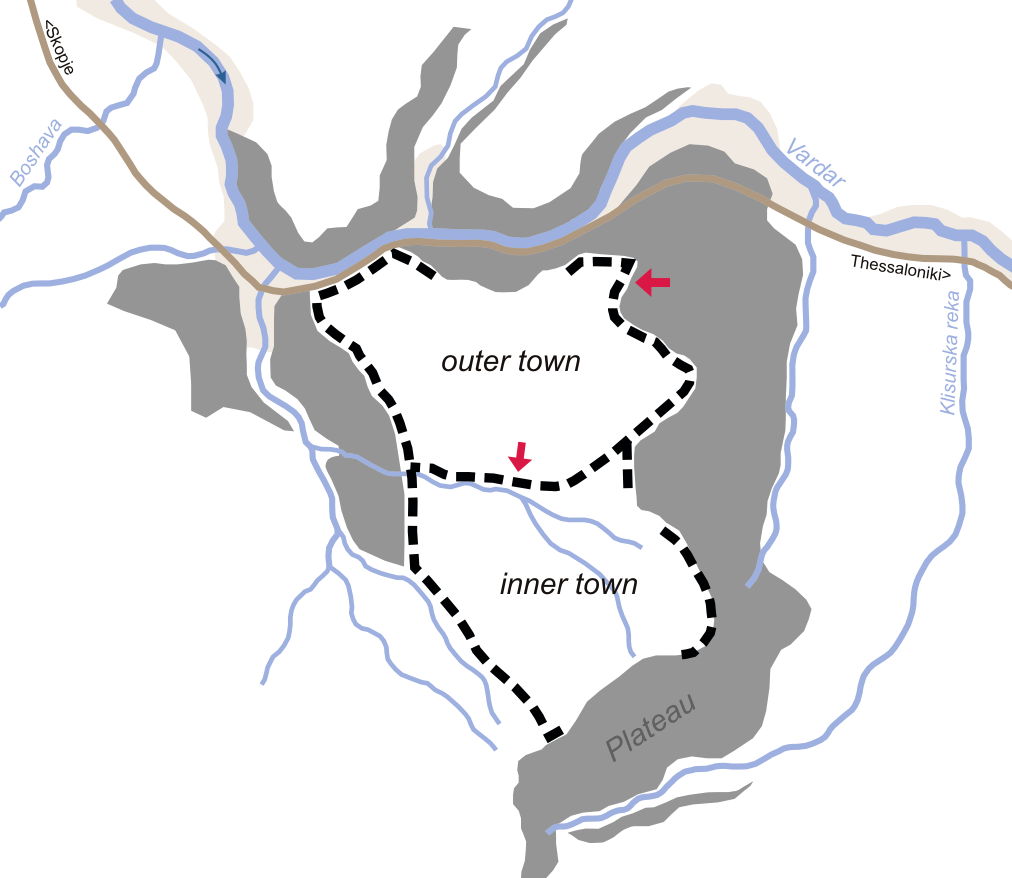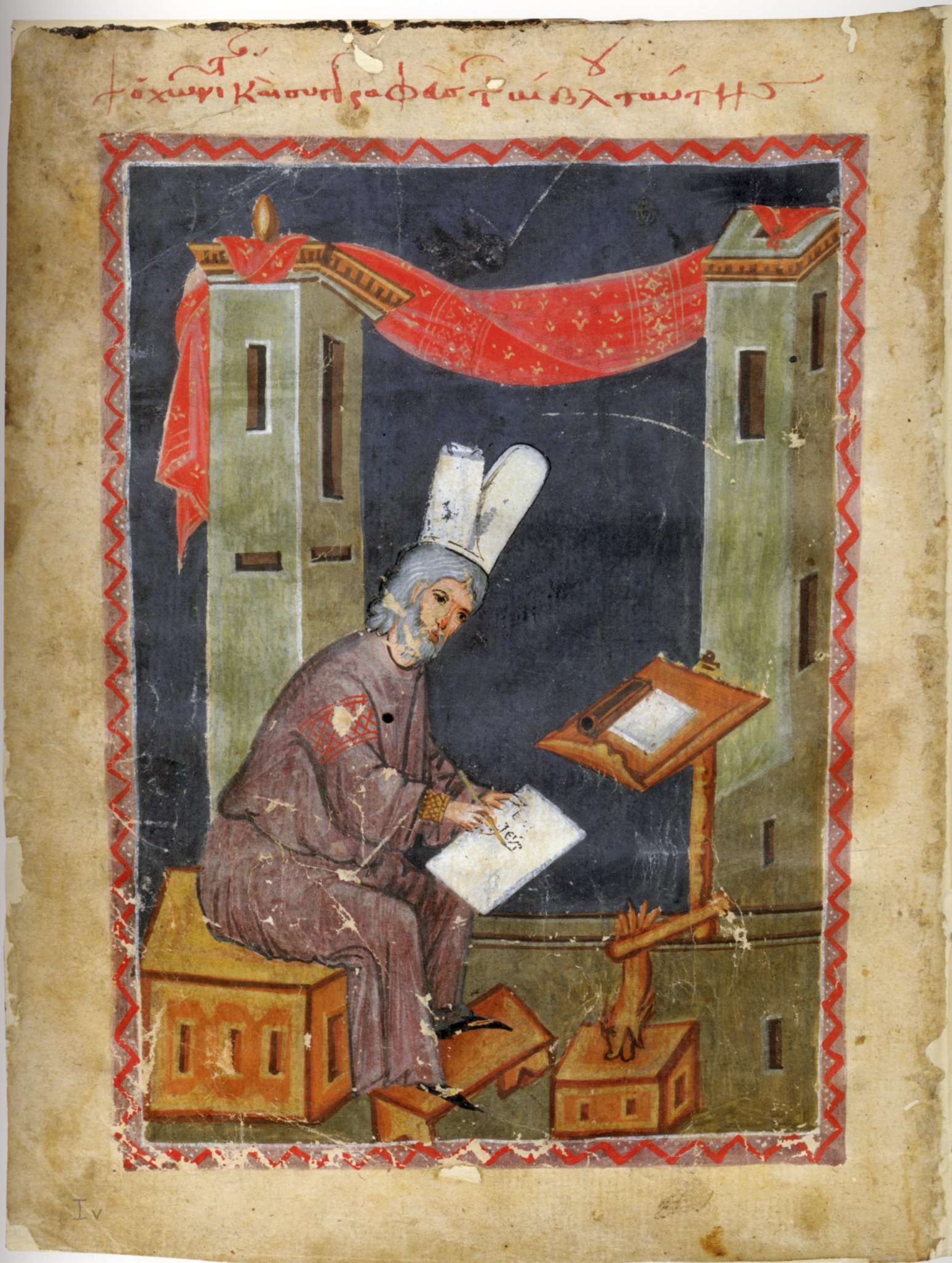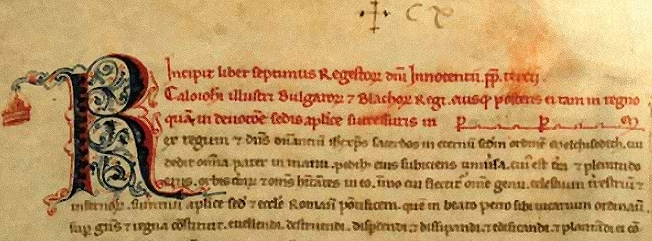|
Prosek, North Macedonia
Prosek (Macedonian alphabet: Просек), also known as Stenae (in Greek language, Greek: Στεναί ''narrow''), is an archaeological site of a former city in North Macedonia. It was capital city of the independent rulers Dobromir Chrysos (from the 1190s to 1202) and Strez (from 1208 to 1214). Its ruins were discovered in 1948, about 1 km south of the town of Demir Kapija. There were found 4 towers, many ceramic objects, jewellery, coins, acropolis and necropolis. This settlement had an excellent strategical war position. The site is located on a limestone plateau surrounded by a curve of Vardar river. The sheer cliffs and the river make the area suitable for defense. A narrow gap between the rocks leads to the only entrance to the fortress. During last years of the 12th century and the first years of the 13th century, Prosek was the center of a rebel Byzantine province and later independent domain led by the nobleman (according to Niketas Choniates) Dobromir Chrysos. In 1 ... [...More Info...] [...Related Items...] OR: [Wikipedia] [Google] [Baidu] |
Prosek , a type of wine from Dalmatia
{{dab ...
Prosek or Prošek may refer to: Places * Prosek, North Macedonia, an archaeological site in North Macedonia * Prosek, Niška Banja, a village in Serbia * Prosek (Prague), a neighbourhood in Prague ** Prosek (Prague Metro), a Prague Metro station ** Stadion SK Prosek, a football stadium * Prosecco (Trieste), a village in Italy, known as Prosek in Slovenian People * James Prosek (1975–), American artist * Lisa Scola Prosek (1958–), American composer * Bohumil Prošek (1931–2014), Czech ice hockey player * Roman Prošek (1980–), Czech ice hockey defenceman * Václav Prošek (1993–), Czech footballer Other * Prošek Prošek is a sweet dessert wine that is traditionally from the southern area of Dalmatia, Croatia. It is made using dried wine grapes in the passito method. Good quality Prošek is usually much more expensive by volume than other wines due to ... [...More Info...] [...Related Items...] OR: [Wikipedia] [Google] [Baidu] |
Niketas Choniates
Niketas or Nicetas Choniates ( el, Νικήτας Χωνιάτης; c. 1155 – 1217), whose actual surname was Akominatos (Ἀκομινάτος), was a Byzantine Greek government official and historian – like his brother Michael Akominatos, whom he accompanied to Constantinople from their birthplace Chonae (from which came his nickname, "Choniates" meaning "person from Chonae"). Nicetas wrote a history of the Eastern Roman Empire from 1118 to 1207. Life Nicetas Akominatos was born to wealthy parents around or after 1150 in Phrygia in the city of Chonae (near the modern Honaz in Turkey). Bishop Nicetas of Chonae baptized and named the infant; later he was called "Choniates" after his birthplace. When he was nine, his father dispatched him with his brother Michael to Constantinople to receive an education. Niketas' older brother greatly influenced him during the early stages of his life. He initially secured a post in the civil service, and held important appointments under ... [...More Info...] [...Related Items...] OR: [Wikipedia] [Google] [Baidu] |
Archaeological Sites In North Macedonia
Archaeology or archeology is the scientific study of human activity through the recovery and analysis of material culture. The archaeological record consists of artifacts, architecture, biofacts or ecofacts, sites, and cultural landscapes. Archaeology can be considered both a social science and a branch of the humanities. It is usually considered an independent academic discipline, but may also be classified as part of anthropology (in North America – the four-field approach), history or geography. Archaeologists study human prehistory and history, from the development of the first stone tools at Lomekwi in East Africa 3.3 million years ago up until recent decades. Archaeology is distinct from palaeontology, which is the study of fossil remains. Archaeology is particularly important for learning about prehistoric societies, for which, by definition, there are no written records. Prehistory includes over 99% of the human past, from the Paleolithic until the adv ... [...More Info...] [...Related Items...] OR: [Wikipedia] [Google] [Baidu] |
1948 Archaeological Discoveries
Events January * January 1 ** The General Agreement on Tariffs and Trade (GATT) is inaugurated. ** The Constitution of New Jersey (later subject to amendment) goes into effect. ** The railways of Britain are nationalized, to form British Railways. * January 4 – Burma gains its independence from the United Kingdom, becoming an independent republic, named the ''Union of Burma'', with Sao Shwe Thaik as its first President, and U Nu its first Prime Minister. * January 5 ** Warner Brothers shows the first color newsreel (''Tournament of Roses Parade'' and the '' Rose Bowl Game''). ** The first Kinsey Report, ''Sexual Behavior in the Human Male'', is published in the United States. * January 7 – Mantell UFO incident: Kentucky Air National Guard pilot Thomas Mantell crashes while in pursuit of an unidentified flying object. * January 12 – Mahatma Gandhi begins his fast-unto-death in Delhi, to stop communal violence during the Partition of India. * January 1 ... [...More Info...] [...Related Items...] OR: [Wikipedia] [Google] [Baidu] |
List Of Castles In North Macedonia
This is a partial list of castles and fortresses in North Macedonia. * Arangel Fortress * Bansko Fortress * Belica Fortress * Bučin Fortress * Budinarci Fortress * Creška Fortress * Čučer Fortress * Debar Fortress * Debrešte Fortress * Demir Kapija Fortress * Desovo Fortress * Devič Fortress * Dolna Lešnica Fortress * Dolno Oreovo Fortress * Dramče Fortress * Drenovo Fortress * Evla Fortress * Gabrovo Fortress * Godivje Fortress * Gorna Banjica Fortress * Gradec Fortress * Gradište Fortress * Graište Fortress * Ižište Fortress * Jegunovce Fortress * Kalište Fortress * Kanarevo Fortress * Kičevo Fortress * Konče Fortress * Konjuh Fortress * Kosturino Fortress * Kožle Fortress * Krupište Fortress * Lešok Fortress * Lukovica Fortress * Manastir Fortress * Markova Sušica Fortress * Matka Fortress * Mlado Nagoričane Fortress * Mordište Fortress * Morodvis Fortress * Opila Fortress * Oraše Fortress * Pesočani Fortress ... [...More Info...] [...Related Items...] OR: [Wikipedia] [Google] [Baidu] |
Sebastokrator
''Sebastokrator'' ( grc-byz, Σεβαστοκράτωρ, Sevastokrátor, August Ruler, ; bg, севастократор, sevastokrator; sh, sebastokrator), was a senior court title in the late Byzantine Empire. It was also used by other rulers whose states bordered the Empire or were within its sphere of influence ( Bulgarian Empire, Serbian Empire). The word is a compound of '' sebastós'' (, the Greek equivalent of the Latin ''Augustus'') and ''krátōr'' ('ruler', the same element as is found in '' autokrator'', 'emperor'). The wife of a ''Sebastokrator'' was named ''sebastokratorissa'' (, ''sevastokratórissa'') in Greek, ''sevastokratitsa'' () in Bulgarian and ''sebastokratorica'' in Serbian. Eastern Roman Empire The title was created by Emperor Alexios I Komnenos () to honour his elder brother Isaac Komnenos.. According to Anna Komnene, Alexios did this to raise Isaac above the rank of ''Caesar'', which he had already promised to his brother-in-law, Nikephoros Melisseno ... [...More Info...] [...Related Items...] OR: [Wikipedia] [Google] [Baidu] |
Kaloyan
Kaloyan or Kalojan, also known as Ioannitsa or Johannitsa ( bg, Калоян, Йоаница; 1170 – October 1207), was emperor or tsar of Bulgaria from 1196 to 1207. He was the younger brother of Theodor and Asen, who led the anti-Byzantine uprising of the Bulgarians and Vlachs in 1185. The uprising ended with the restoration of Bulgaria as an independent state. He spent a few years as a hostage in Constantinople in the late 1180s. Theodor, crowned Emperor Peter II, made him his co-ruler after Asen was murdered in 1196. A year later, Peter was also murdered, and Kaloyan became the sole ruler of Bulgaria. To obtain an imperial title from the Holy See, Kaloyan entered into correspondence with Pope Innocent III, offering to acknowledge papal primacy. His expansionist policy brought him into conflict with the Byzantine Empire, Hungary, and Serbia. In 1204, King Emeric of Hungary allowed the papal legate who was to deliver a royal crown to Kaloyan to enter Bulgaria only at t ... [...More Info...] [...Related Items...] OR: [Wikipedia] [Google] [Baidu] |
Second Bulgarian Empire
The Second Bulgarian Empire (; ) was a medieval Bulgarian state that existed between 1185 and 1396. A successor to the First Bulgarian Empire, it reached the peak of its power under Tsars Kaloyan and Ivan Asen II before gradually being conquered by the Ottomans in the late 14th century. Until 1256, the Second Bulgarian Empire was the dominant power in the Balkans, defeating the Byzantine Empire in several major battles. In 1205, Emperor Kaloyan defeated the newly established Latin Empire in the Battle of Adrianople. His nephew Ivan Asen II defeated the Despotate of Epiros and made Bulgaria a regional power again. During his reign, Bulgaria spread from the Adriatic to the Black Sea and the economy flourished. In the late 13th century, however, the Empire declined under constant invasions by Mongols, Byzantines, Hungarians, and Serbs, as well as internal unrest and revolts. The 14th century saw a temporary recovery and stability, but also the peak of Balkan feudalism as centr ... [...More Info...] [...Related Items...] OR: [Wikipedia] [Google] [Baidu] |
Vardar
The Vardar (; mk, , , ) or Axios () is the longest river in North Macedonia and the second longest river in Greece, in which it reaches the Aegean Sea at Thessaloniki. It is long, out of which are in Greece, and drains an area of around . The maximum depth of the river is . Etymology The origin of the name ''Vardar'' derives from Thracian ''Vardários''. It comes from Proto-Indo-European (PIE) *''(s)wordo-wori-'' ("black water"). It can be considered a translation or similar meaning of ''Axios'', which itself is Thracian for 'not-shining' from PIE *''n.-sk(e)i'' (cf. Avestan ''axšaēna'' ("dark-coloured")). It is found in another name of the city at the mouth of the Danube, called ''Axíopa'' ("dark water") in Thracian, which was later translated into Slavic as ''Cernavodă'' (“black water”).Katičic', Radoslav. ''Ancient Languages of the Balkans''. Paris: Mouton, 1976: 149 The name ''Vardários'' (Βαρδάριος) was sometimes used by the Ancient Greeks in the 3rd ... [...More Info...] [...Related Items...] OR: [Wikipedia] [Google] [Baidu] |
Demir Kapija
Demir Kapija ( mk, Демир Капија ) is a small town in North Macedonia, located near the ominous limestone gates of the same name. It has 3,725 inhabitants. The town is the seat of Demir Kapija Municipality. Etymology The name of the town comes from Turkish ''Demir Kapı'' (Iron Gate) when the settlement was part of the Ottoman Empire, and is still called ''Demir Kapı'' in Turkish. History Demir-Kapija is a place already mentioned in Classical times under the name of Stenae (Στεναί, "gorge" in Greek). In the earlier dates to the Paeonian era, a fortress was built on the mountain Ramniste, on the foothills of the Demir Kapija settlement and it is still there. The ruins are one of only 3 known Paeonian structures in Macedonia unearthed, and they date from 3000 years ago. In the Middle Ages Demir Kapija was known as a Slav settlement, under the name of Prosek, while today's name originates from the Turkish reign, meaning "The Iron Gate". The town of Prosek was use ... [...More Info...] [...Related Items...] OR: [Wikipedia] [Google] [Baidu] |
Strez
Strez ( Bulgarian and mk, Стрез; original spelling: Стрѣзъ) (fl. 1207–1214) was a medieval, semi-independent Bulgarian ''sebastokrator''. He was a member of the Asen dynasty and a cousin or a brother of Boril of Bulgaria. A major contender for the Bulgarian throne, Strez initially opposed the ascension of his close relative Tsar Boril. He fled to Serbia, where he accepted the vassalage of Grand Prince Stefan Nemanjić, and Serbian support helped him establish himself as a largely independent ruler in a large part of the region of Macedonia. However, Strez turned against his suzerains to become a Bulgarian vassal and joined forces with his former enemy Boril against the Latins and then Serbia. Strez died amidst a major anti-Serbian campaign under unclear circumstances, sometimes described as a Serbian plot. Throne contender and Serbian vassal Nothing is mentioned of Strez until the events in the wake of the sudden death of Tsar Kaloyan (1197–1207) during his ... [...More Info...] [...Related Items...] OR: [Wikipedia] [Google] [Baidu] |


.jpg)




